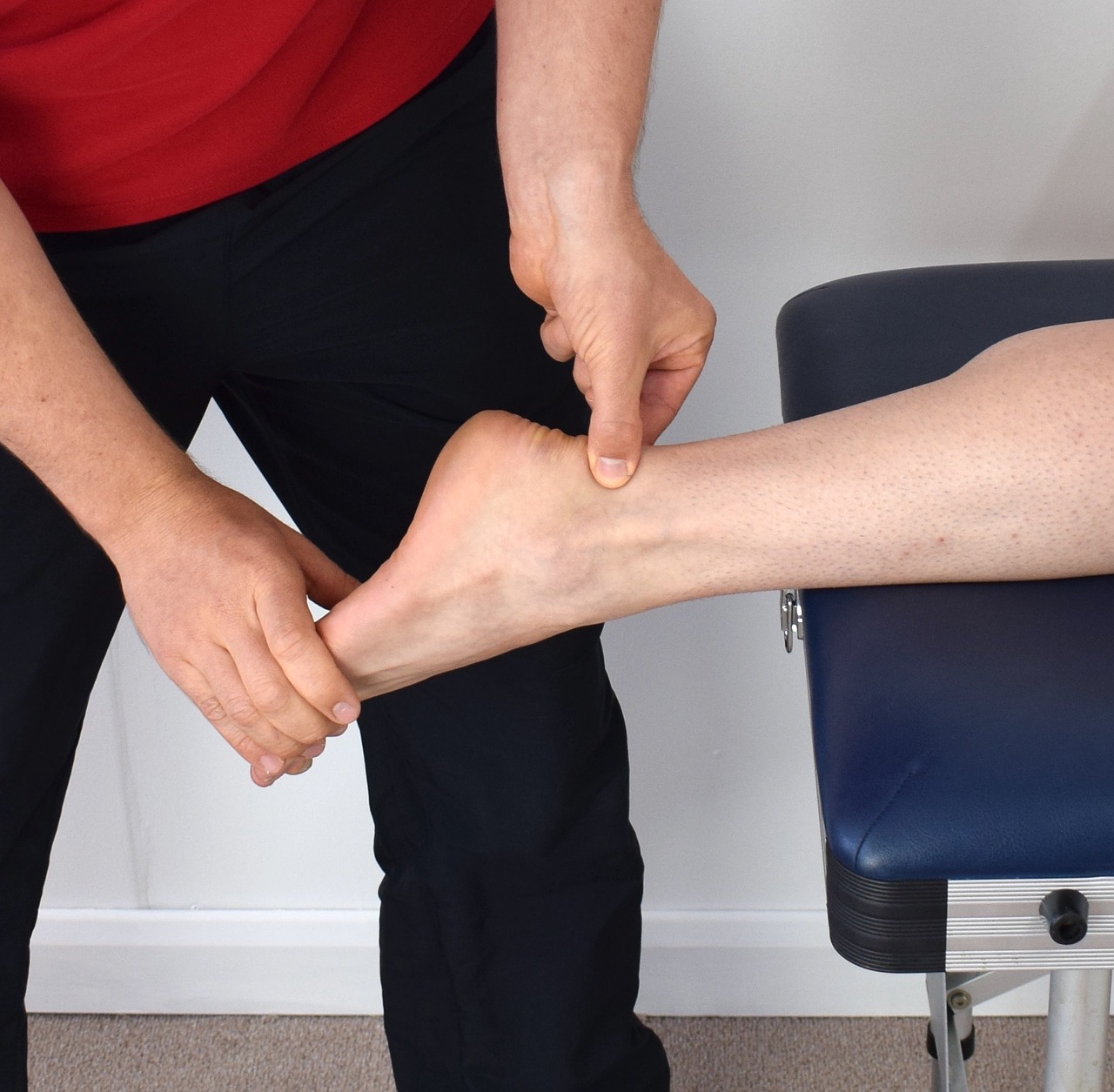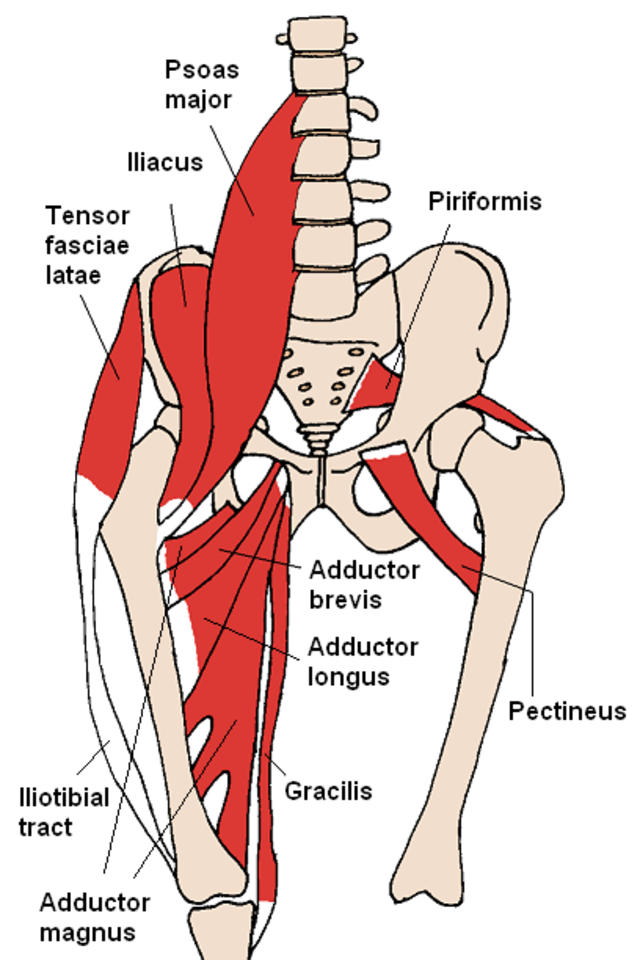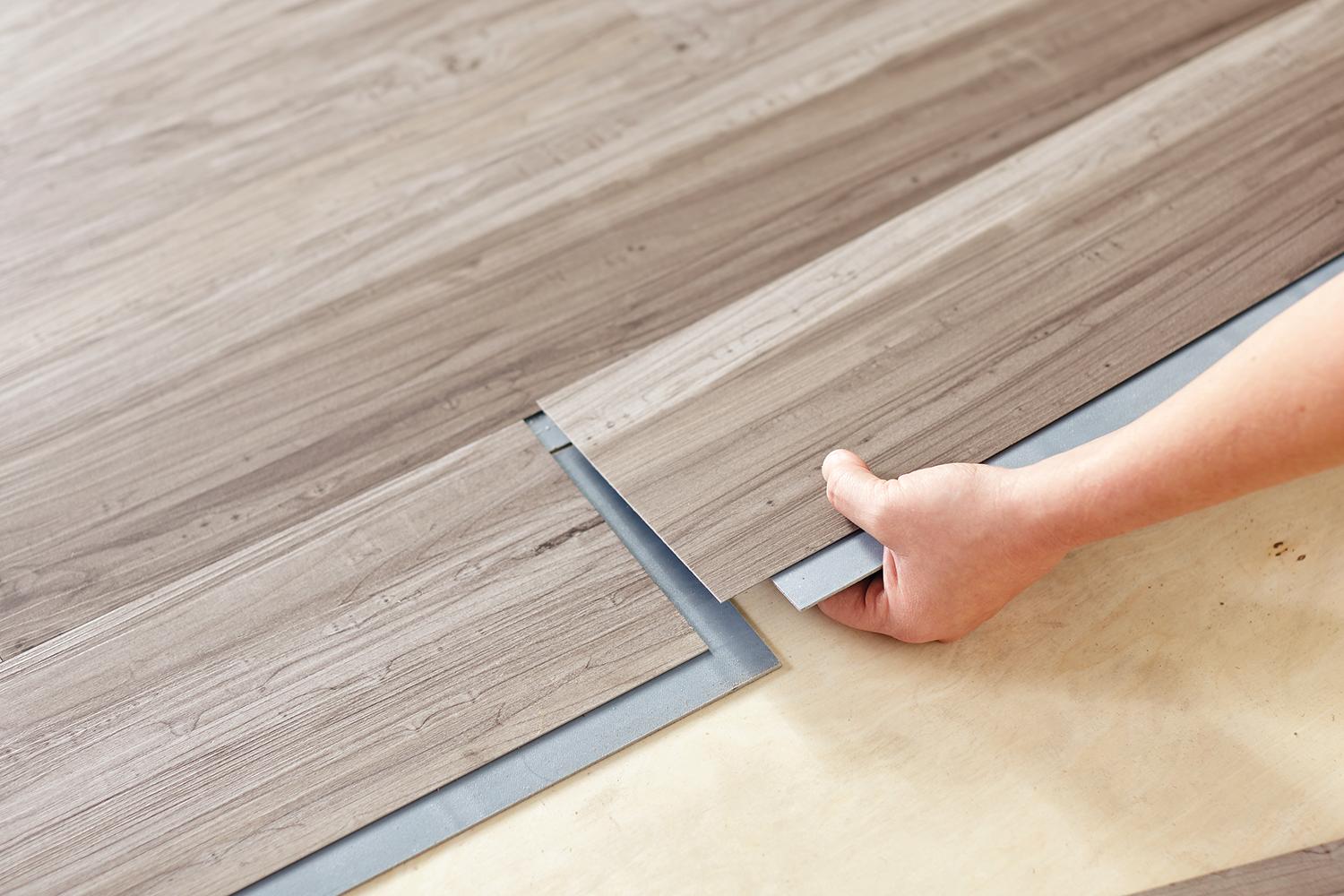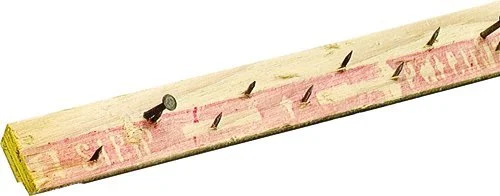Ankle sprain injury for dancers: exercises and diagnosis
/For a dancer who spends a lot of time on their feet, the ankles often experience a couple main types of stress. Doing turns always puts a strain on the muscles, ligaments, and tendons of the ankles. Additionally, balancing on one foot or standing on releve requires that the tiny muscles of the ankle make constant readjustments while holding it - otherwise you’ll fall over! Repetition of either of these motions may lead to a variety of injuries, with one of the most common being an ankle sprain.
Generally, ankle sprains recover by themselves with time. In rare, severe ankle injuries, a person may require surgery. But in most cases, the body is effective at healing itself, given the appropriate necessary rest!
Ankle sprain diagnosis
Ankle sprains can happen at any time. Walking down the street, climbing up stairs, and especially while dancing. Coupe turns, pirouettes and fouettes, leaps: All of these dance moves can lead to putting stress on the ankles, and it’s easy to accidentally injure yourself. If there is a lot of friction between your foot and the floor, the ankles could get stuck while the body turns, which can lead to unusual stresses, inevitably leading to a sprain. This is particularly a big risk if you are dancing on marley floors as opposed to wood floors.
Here are some simple ways to diagnose yourself if you have an ankle sprain:
Does the ankle feel unstable when walking? Often times, there may be a pinching sensation that feels like it is deep inside the foot. The lateral ligaments, which are on the top running to the outside of the foot, may be more sensitive to injuries while dancing. The ligaments may get stretched or overpuiled while turning or doing any sort of leap when you first take off. In these ankle sprains, the ankles may feel weak when you are walking or putting pressure on the foot.
Is there swelling around the ankle? Ankle swelling is the usual response after an injury. The body moves fluid into the space, which increases the perfusion of all variety of healing factors into the area. Although swelling is a natural response, it may make moving the joints a little difficult, and you may feel that there is less flexibility in the ankle.
Ankle sprain treatment
After a sprain, there are some recovery exercises that can be done to strengthen the muscles in the ankle for the future.
Minor soreness tends to heal over the span of a few days, but a sprain may take several weeks to fully heal.
The simplest treatment for an ankle injury is over the counter painkillers. Tylenol, advil, or ibuprofen go a long way to decreasing the inflammation and the pain that you might experience after an ankle sprain. These drugs are called nonsteroidal anti-inflammatory drugs (NSAIDS), and have been demonstrated clinically to decrease down time - meaning you’ll be back on your feet gliding and turning sooner than someone who doesn’t take these medications! Make sure to follow the dosing recommendations written on the package of painkillers. These drugs are most effective immediately after an injury, preferably within 24 hours, since the inflammation may contribute to more pain if it is not checked.
As with many injuries, the RiCE method may be the best strategy for recovery. RICE stands for rest, ice, compression, and elevation.
R. First, it’s important to rest the ankle. Take time off from your rigorous dance rehearsal schedule to allow the muscles, ligaments, and tendons to recover fully. Getting back into dance before the injury has completely healed may aggravate the injury more, causing the healing process to be delayed even more.
I. Put ice on the injured ankle. Do not put the ice pack directly onto the skin! You can seriously injure the skin and nerves endings by doing this. Consider purchasing a reusable ice pack that you can fill with ice from the freezer.
C. Apply a compress around the ankle. A compress will help minimize the amount of swelling in the ankle, making it less painful.
E. Elevate the ankle whenever possible. Sleep with a pillow under the ankle at night, and prop the foot up while sitting during the day. The elevation helps drain the fluid back away from the injured ankle, and this can bring the ankle back to an uninflamed state.
It should be noted that if the sprain is so painful to where weight can no longer be put on the ankle without extreme pain, even after a day, it would be best to see a medical professional. They will be able to properly diagnose if your injury is worse than a simple sprain: for fractures, ligament, or tendon damage, the above strategies will help temporarily. but you may need surgery before you are able to fully recover.
Ankle sprain rehabilitation
Once the initial injury and pain goes away, there are some exercises that you can do in order to strengthen the tiny muscles in the ankle. In doing these rehab exercises, you can make minimize the risk of another injury to the ankles.
Regain range of motion
This is the first step that one should take towards complete recovery after an ankle sprain. The ankle should be able to move downwards by about 50 degrees, and upwards by only about 20 degrees. You’ll want to conduct active range of motion exercises, which require moving the ankle around. Slowly rotate the ankle in all directions in a clockwise motion, then a counterclockwise motion. This will help loosen up the joints that may have gotten stiff when the ankle was injured and movement was minimal.
Strengthening exercises for the ankle
Once the ankle has fully recovered from the sprain, it would be helpful to strengthen the small muscles in the ankle in order to minimize the risk of a similar injury happening again in the future. One wonderful exercise would be to stand one leg at a time of a balance trainer. Balance trainers are generally made of the same flexible material of a yoga ball, and standing on them with one leg is a challenge. If you find it difficult, then put the balance ball close to a wall where you can use your arm to help you maintain balance.













